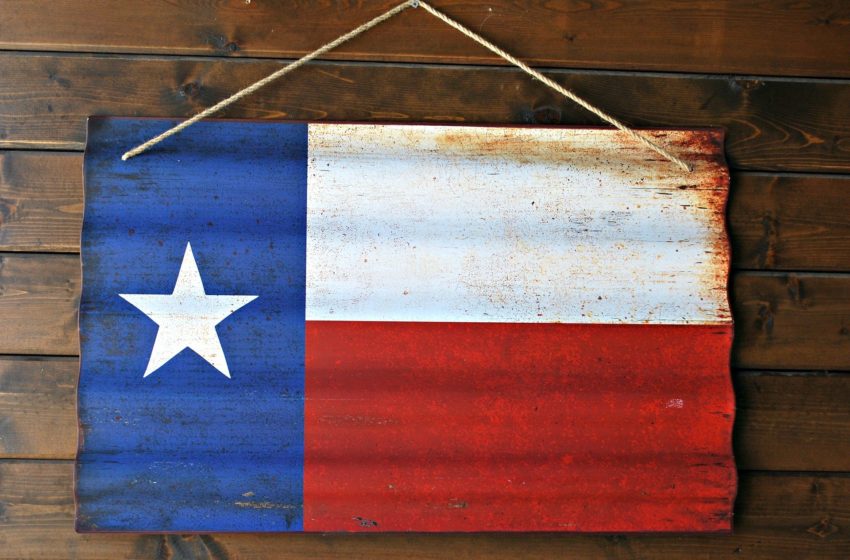How Texas Businesses Are Aiming to Recover from COVID-19’s Impact

If any state has the spirit of perseverance baked into its soul, it’s Texas. Our long and storied history as a state shows that even though we may get knocked down, we always get back up.
When COVID-19 followed us in the spring of 2020, many entrepreneurs and businesses struggled to find their fiscal footing. It can be hard in these precarious times for individuals to escape an overwhelming feeling of uncertainty, take control of our lives, and feel better; but if you’re a business, what can you do to recover and regain traction in these coming months?
Understanding Where We Are Today
This economic shock is external in nature, not internal. There was no market correction, no bubble that burst. The shock happened because we voluntarily (but necessarily) shut down large swaths of the economy.
For many businesses in the community, this was seen as a temporary setback that could be immediately reversed upon the reopening of businesses across the state. But as Texas and many other states reopen, sometimes in fits and starts, this has turned out not to be the case.
In the months since COVID-19 took hold of the United States, the pandemic has inflicted extreme damage on the economy, reducing consumers’ ability to spend money and destroying many businesses and jobs altogether. Where businesses have survived, they now face the new obstacle of a fundamental change in the way consumers participate in the economy.
Companies have discovered the functionality and real-world applications of a remote workforce; shoppers have doubled down on companies they trust and have cut out discretionary spending while simultaneously investing more in local businesses.
The “rubber band recovery” we had hoped for is simply not going to happen, and businesses from Texas and beyond have a long way to go to regain pre-COVID holdings.
Businesses Are Pivoting, But Most of Their Efforts Are Not a Permanent Solution
Faced with the collapse of their business models, many businesses have tried to pivot to wherever they think consumer dollars might be waiting. Some of these pivots have been more successful than others, partly due to the strategic acumen of their leadership teams, and partly because some industries are in an inherently better position than others to take advantage of a population largely staying at home. For example, Richard Schoech, owner of Door Locks Direct, a door hardware firm in Tomball, Texas, was able to pivot their marketing to focus on home improvement projects.
“With everyone experiencing more time than usual at home, we decided that now was the perfect time to emphasize the usability of our products in home DIY projects customers may have been putting off until recently. To focus on the applicability of our products to a broader range of consumers, we pushed forward with marketing efforts that talked about everything from replacing a rusty lock to remodeling your kitchen and replacing the cabinet pulls,” Schoech explains. “Onsite, we reduced staff so everyone can remain six feet apart and still continue to ship orders. Changing the way we do business instead of temporarily closing our doors puts us in a position where we will be able to resume business as usual much faster.”
Schoech’s philosophy of remaining open in a reduced, altered state rather than shutting down completely is one that many business owners share. By staying open, even partially, businesses can move quickly to take advantage of new insights into consumer demand.
We Will Be in Survival Mode for a While
Ultimately, however, many businesses are still banking their Q3 and Q4 plans on a presumed return to normalcy. But is that a viable plan for the future?
Texas cattle ranchers have already lost billions of dollars this year, while the oil industry that is so vital to our state’s economy continues to plummet. Professional sporting events are on an indefinite hold for the months to come, and revenue from tourism and associated hospitality industries are expected to drastically decrease in response to nationally growing rates of unemployment.
This is all to say that as we move closer to full reopening, businesses will continue to struggle through the end of the year as social distancing efforts persist.
During this recession, financial resiliency will be a major predictor of a company’s odds of survival. For instance, many companies with large bonds coming to maturity in the near future are going to fail. The lucky ones will be able to refinance. Some will be able to sell off assets, setting themselves back by years or decades but technically surviving, but many will simply be liquidated.
This is being reflected in the secondary bond markets already. Thanks to the heroic efforts of the Federal Reserve, large businesses still generally have the market access they need. But this is not true for smaller businesses and sole proprietors, many of whom are being destroyed by the day.
Recovery Is Going to Be a Long-Term Project
It’s never too early to begin planning what an economic recovery might look like or reshape how we view the current crisis’ opportunities—and that’s exactly what businesses all over Texas are trying to do.
As noted by Deloitte, the need for businesses to switch their mindset from “response” to “recovery” is essential to continued success. A recovery project management office may need a different skill set than a response project management office, Deloitte CEO Punit Renjen explained.
In other words, businesses need to be recalibrating their strategic planning, including in the following ways:
- Businesses can’t pretend that the pandemic isn’t still happening. We are living in a new normal, and businesses will need to adapt to meet whatever new form consumer demand ends up taking.
- Workers and consumers will be holding businesses to a higher standard of production, including improvements and changes made to safety measures to ensure the quality and security of products and services.
- Consumer behavior patterns will remain different from past trends for the foreseeable future. Businesses need to create an experience for their customers that is safe, and successfully market their services or products as those that fit their consumer’s current conception of altered “normal” daily life.
Some Industries Will Stay the Course
It’s hard to make industry-specific predictions for recovery measures. Outside of a few specific industries where predictions look exceptionally poor, such as cruise lines and oil production, it’s still too early to make convincing industry-specific recovery forecasts. Instead, we can look at general trends and the underlying facts to predict where industries could go in the future.
As we look forward to 2021, some businesses that have enough liquidity and remaining consumer demand will be able to stay the course successfully. What they do after they survive, however, will ultimately determine the company’s success in a new post-pandemic world.
“Our approach from the beginning has been to look at this as an opportunity—an opportunity to fine-tune our business,” says General Manager Aldo Flores of Trans Global Auto Logistics, a logistics firm based in Arlington, Texas. “[We’re working] on refining our processes and staying engaged with customers, so when the economy does bounce back, we’re in the best position possible to capitalize on it and increase our market share.”
Broadly speaking, this strategy will be most successful in industries that are producing essential goods and services, and who generally have access to the same customers as they did before the pandemic.
Bottom Line: The Recovery Won’t Be Spread Evenly
While big businesses will in most cases be likely to pull through, this recession will be especially bad for small businesses and brick-and-mortars. It will be felt hardest in small towns in the rural areas of Texas that have already been experiencing long-term population declines. A substantial economic impact can also be expected in oil-producing areas that are currently being hurt by the collapse in oil prices.
The global supply chain, although in a state of upheaval, will resolidify soon enough; but local businesses may not survive long enough to see that point. Those that do survive will need to focus on marketing and product design while searching for alternative revenue streams that individualize and secure their business’ place in a post-pandemic marketplace.
Texas will get through this, but many industries will never look the same. While this may be daunting, it also presents a unique opportunity to reinvent how industries can rebuild and what commerce could look like in the future.





